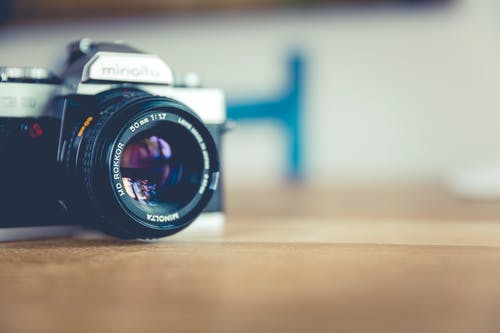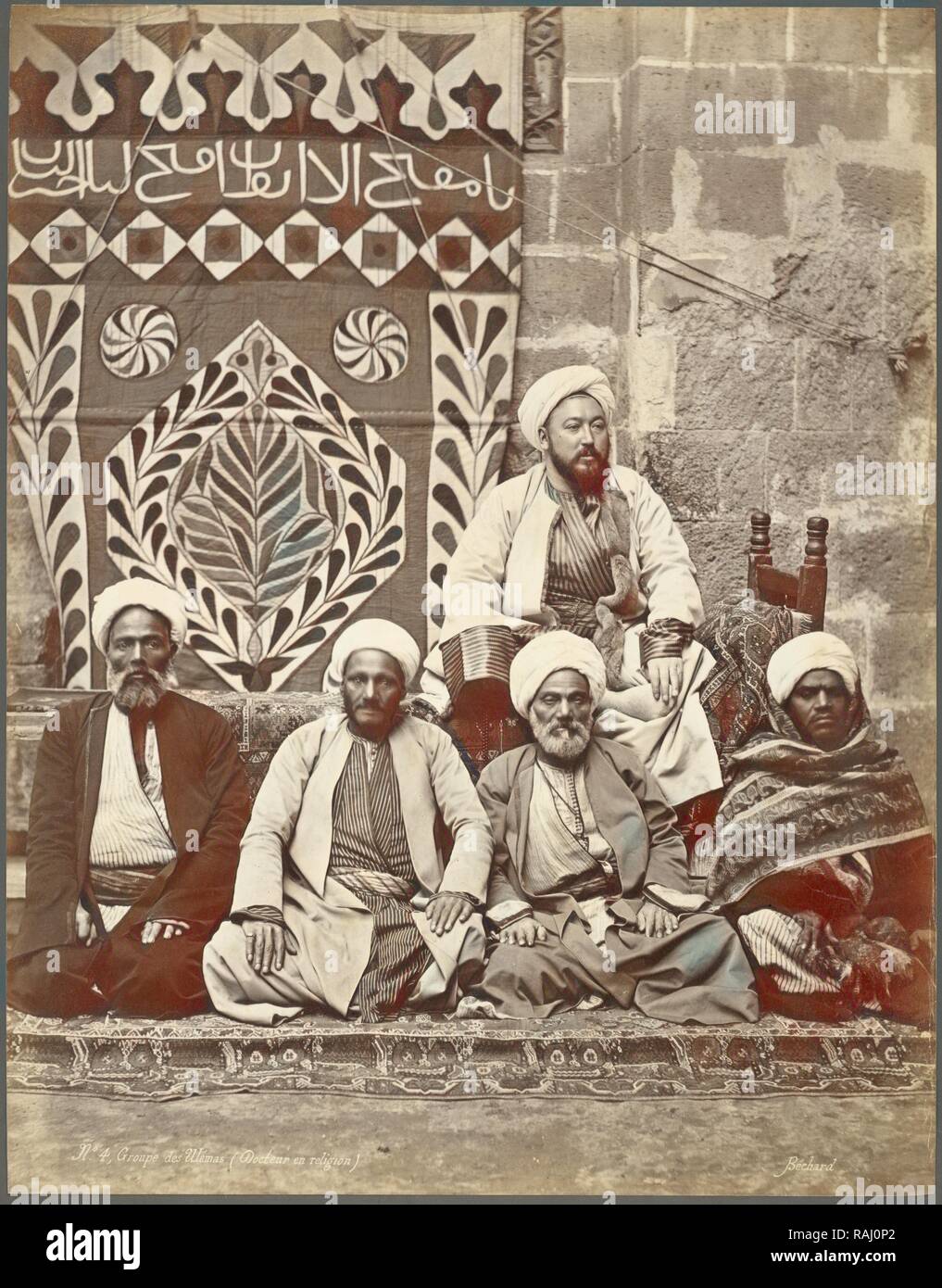The Permissibility of Photography According to Islamic Scholars
Photography has become an integral part of modern life and culture. However, there exists differing opinions among Islamic scholars regarding the sharia or Islamic jurisprudential ruling on photography. This article will explore the various scholarly views on photography and attempt to analyze them in light of the core sources and principles of Islamic law.
Defining the Core Issues
When examining any issue through an Islamic legal lens, it is important to consider the guiding sources and principles of the religion which include the Quran, authentic hadiths of the Prophet Muhammad (peace be upon him), scholarly consensus where applicable, and legal reasoning by analogy. The key questions regarding photography center around whether it constitutes an act of imitating God’s creation or idolatry which are strictly prohibited in Islam. Further issues include seeking worldly benefits from photographs versus potentially leading to shirk or assigning partners to God in worship.
The Majority View on Photography of Humans
The dominant view among classical and contemporary Islamic scholars is that photographing or creating realistic portraits of full human figures is impermissible or haram. This is primarily based on hadith reports where the Prophet forbade the depiction of animated beings that have souls. Scholars argue that photography aims to realistically recreate God’s living creation which only He has the power and right to bring into existence. However, most acknowledge that passports, identification cards and similar necessary photographs are allowed given the current norms and need for verification of identity.
The Minority View Permitting Limited Photography
A minority of scholars take a more flexible stance by arguing that modern photography is fundamentally different than the painting and engraving techniques available historically. They state that as long as photographs are not used for worship or idolatry, portraying people without their heads or as anonymous partial figures does not constitute imitation of God’s creation. This view allows family portraits and other limited forms of photography if not taken to excess or leading to prohibited objectives.
Photographs of Inanimate Objects
There is near consensus among scholars that photographing inanimate objects like scenery, buildings, vehicles, food and similar subjects that do not have souls is perfectly permissible. The core sources of Islamic law do not mention or restrict thedepiction of nature, buildingsor manufactured items.As such, landscape, architectural, productand similartypes of photography that do not include fullhuman figuresare unanimously allowedaccording to Islamic jurisprudence.
Intellectual Property Rights in Photography
Islamic rules related to copyright and ownership must also be considered in discussions on the permissibility of photography. Under principles established in the Quran and hadith, intellectual property rights are recognized as owners maintain moral and financial claims over their creative works. Modern international copyright law essentially entitles the photographer as the owner and creator of their photographs, whether professional or amateur, barring authorized sharing or commercial use of their works by others. Muslims must respect such ownership rights in using or benefitting from photographs.
Balancing Benefits with Potential Harms
When analyzing any issue in Islamic law, scholars also consider balancing worldly benefits with preventing possible harms as emphasized in the Quran and sunnah. Photography today uplifts many important fields like journalism, documentation, art, medicine and education. Simultaneously, some photographic practices could potentially lead to prohibited idolatry, unethical commercialization of people’s images or socio-moral harms if taken to excess. Moderation and preventing probable harms should therefore also influence the application of rulings on various kinds of permissible photography according to authoritative Islamic jurists.
Consulting Reliable Scholars on Doubtful Issues
For issues with differing scholarly views, following the majority or more authoritative position is considered safer according to Islamic jurisprudence. However, individual Muslims may also use sound legal reasoning and prudent judgment in resolvinggray areas according to their circumstances.When in doubt on an issue’s permissibility,consulting localreliablescholarsof apt knowledge and practicingprecaution isalways preferable to hasty judgmentor extremes.Overall moderation,preventingclear harms,and benefiting humanityin a purposedrivenwayshould guide decisions related tophotography accordingtoIslamic guidelines.
Conclusion
In conclusion, while realistically depicting full human figures is disputed, landscape and other inanimate photography is unanimously allowed in Islamic law. Hybrid digital photography techniques today require renewing the discussion with moderation and weighing worldly benefits against preventing potential harms. Consulting reliable Islamic scholarship locally and applying discretion and precaution in gray areas remains the soundest approach for Muslims regarding this topic according to Quranic principles of virtue, wisdom and justice. Striking an ethical, balanced & compassionate posture respects people of diverse perspectives on this issue in today’s globally interconnected societies. 
